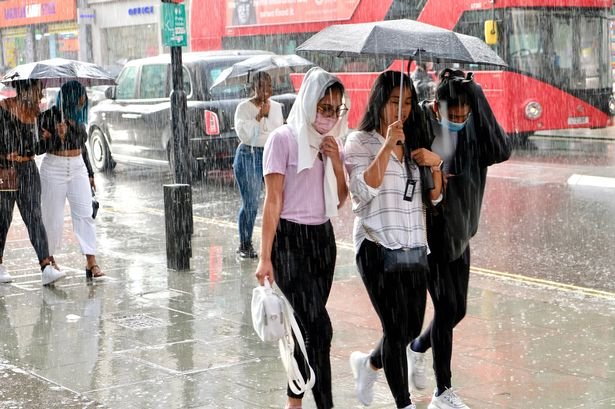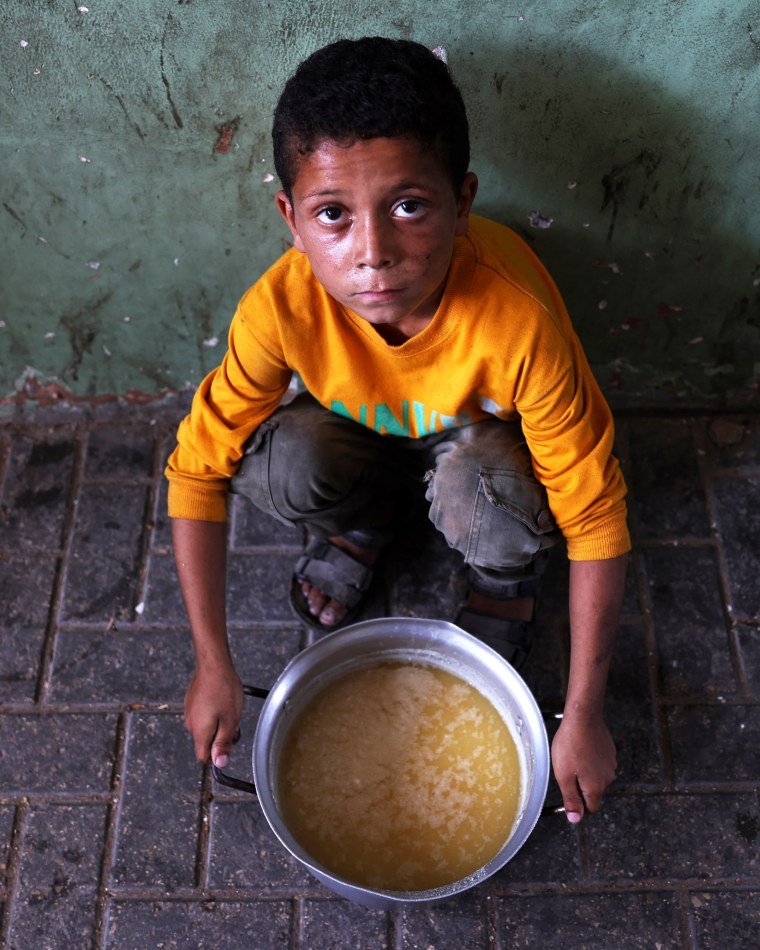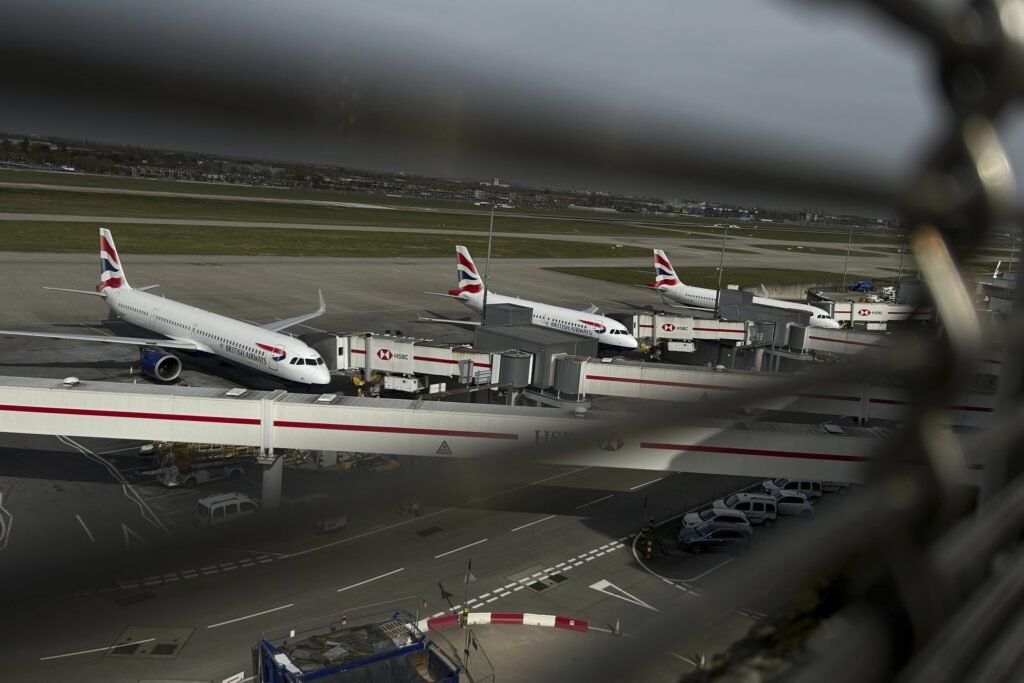Qaani met with top Shiite leaders in Baghdad to contain internal splits and preserve Iran’s influence in Iraq ahead of parliamentary elections.
Iranian Islamic Revolutionary Guard Corps Quds Force chief Esmail Qaani recently made a secretive visit to Iraq. This is according to a new report in Al-Ain media in the UAE. This media outlet has published details on secretive Iranian actions in the region in the past, and the report is worth examining for its details.
The report says that Qaani made a “secret” trip toIraq in connection with the upcoming elections. The Iranian-backed parties in Iraq have been struggling to unify in recent months.
They have many divisions. Some of the parties are linked to militias that also work for the Iraqi state. These militias are called the Popular Mobilization Forces. They are a paramilitary arm of the Iraqi state, but also have loyalties to Iran. Kataib Hezbollah, for instance, is very close to the Quds Force.
Qaani was rumored to have been killed in Israeli airstrikes during the 12-day Iran-Israel war. However, he reappeared in July on the streets of Iran, indicating he was not dead.
Qaani has often been mocked on social media for his habit of surviving, with rumors presenting him as an agent of Israel. This has likely created some headaches for him as he tries to lead the Quds Force.

BRIGADIER-GENERAL Esmail Qaani, the head of the Revolutionary Guards Quds Force. T (credit: WEST ASIA NEWS AGENCY/REUTERS)
The Quds Force is responsible for Iranian operations outside of Iran, particularly in support of various militias in the region, such as Hezbollah, the Houthis, andPMF.
“As tensions escalate among Shiite forces in Iraq ahead of the parliamentary elections scheduled for November, Tehran is rushing to contain the divisions that threaten its traditional influence in Baghdad through field operations led by Quds Force commander Esmail Qaani,” al-Ain media noted.
The report says that Iran is seeking to reconcile a number of parties under the banner of the Coordination Framework with various militias. “This heralds imminent changes in the Shiite balance of power within Iraq.”
A setback for Iran in Iraq would add to Iran’s woes. Iran has lost out on its ally in Syria when the Assad regime fell on December 8, 2024. Hezbollah is also weakened.
Reflects Tehran’s growing concern over internal Shiite divisions
Qaani apparently made an “unannounced visit to the Iraqi capital, Baghdad, on Sunday evening. He met with a number of the country’s most prominent Shiite political and militia leaders, a move that reflects Tehran’s growing concern over internal Shiite divisions and growing external threats,” Al-Ain noted.
The report goes on to note that Qaani brought a message about “Iran’s support for the Iraqi government in extending its authority and its rejection of any unilateral actions by armed factions.”
This may be an attempt to reduce tensions with the US or the Kurdistan region after numerous drone attacks. The US anti-ISIS coalition has a new commander in Iraq. Iran is watching closely what the US policy will be in Iraq and Syria.
Qaani is also concerned about the possibility of Israeli airstrikes on Iranian-backed militias, the report says. “He also expressed Tehran’s dismay at the continued conduct of operations by some groups without coordination with the government.”
Qaani was only in Iraq for ten hours. He likely recalls that his predecessor Qasem Soleimani was killed in a US drone strike in Iraq in January 2020. Abu Mahdi al-Muhandis, the head of Kataib Hezbollah, was in the same car as Soleimani when it was hit with a missile.
Qaasni met Nouri al-Malaki, the former prime minister of Iraq. Malaki was a sectarian pro-Iranian figure who weakened Iraq. Qaasni also met the leader of the State of Law Coalition, Ammar al-Hakim, and Hadi al-Amiri, Secretary-General of the Badr Organization. Amiri is a key figure in supporting the PMF and also controlling various Interior Ministry forces in Baghdad. Qaani also met Humam Hamoudi, leader of the Supreme Islamic Council, the report said.
The report added that “the meetings focused on analyzing the Shiite political landscape ahead of the upcoming elections and reorganizing the ranks of the Coordination Framework, which is divided over the mechanism for participating in the elections, according to Al-Ain News sources.” The report added that this is the second visit by Qaani in the last two months.
The visit comes after a month of drone attacks on Iraq. The report noted that the US may reconsider financial support for Iraq due to the attacks. “A leader within the ruling Shiite bloc, speaking on condition of anonymity, told Al-Ain Al-Akhbariya that Qaani’s visit at this time indicates a relative shift in Iran’s approach to its relationship with Shiite components in Iraq,” the report added.
“At the same time, Iran seeks to maintain the cohesion of the Coordination Framework and prevent disagreements from affecting the unity of the Shiite ranks. This was clearly evident in Qaani’s emphasis on the need to prevent political competition from turning into field divisions that could weaken the Shiite front in the face of its local and international opponents,” the source told Al-Ain.







